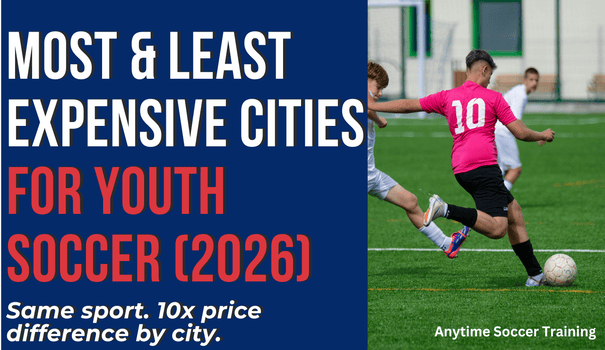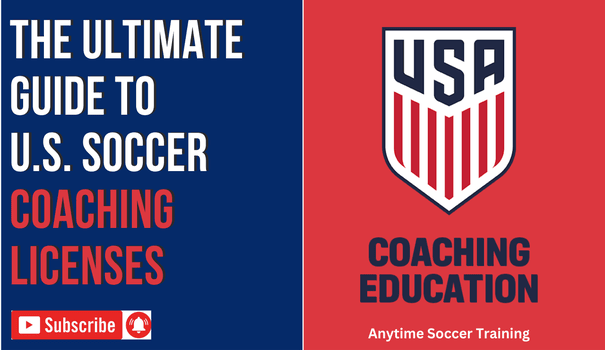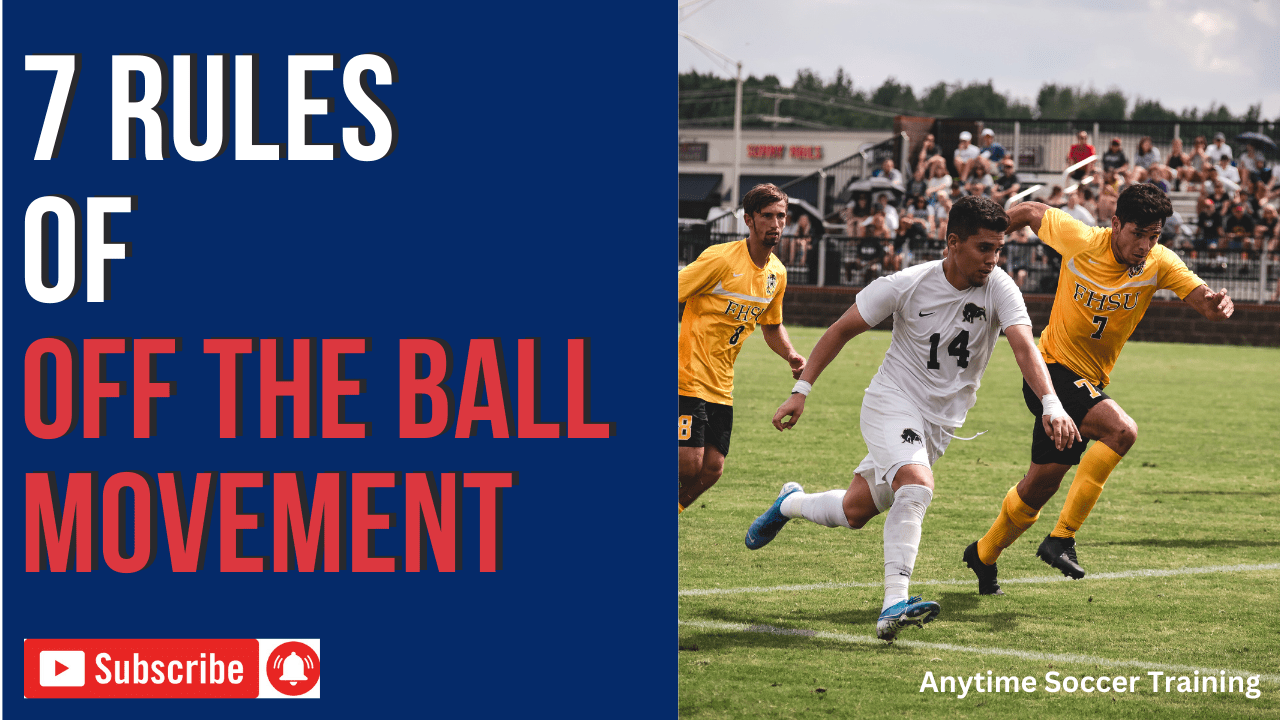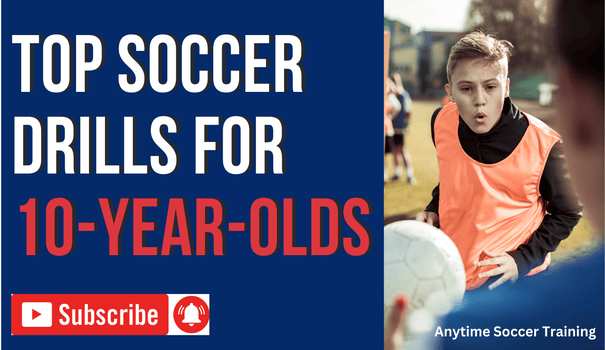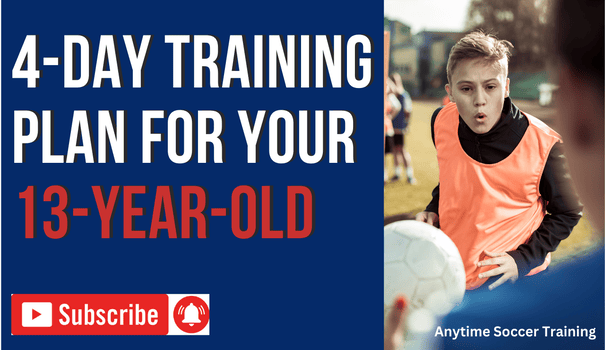
If you’re a soccer parent, you know how important it is to get those extra touches at home to help your child improve. However, finding the right program to support that development can be tricky. If you’re like most parents, you’ve probably tried searching YouTube and other social media platforms for drills, but you quickly realize that your child needs more than just random videos—they need structure.
As a dad of two boys who love soccer, I understand how challenging it can be to balance team practices, individual coaching, and at-home training. It’s all about finding a way to help your child improve while making sure it stays fun and sustainable.
A recent listener question inspired this episode: “How do I design a four-day training plan for my 13-year-old?” Their child already had two team practices and a rest day each week, but they were looking for a 30-minute daily routine to supplement those sessions.
If that sounds like your situation, you’re in the right place. Today, I’m going to help you create a structured, effective training plan that works for your child’s development.
How Anytime Soccer Training Is Organized
Anytime Soccer Training is organized into key skill areas like ball mastery, dribbling, passing, and 1v1 moves. You can access these areas by clicking the “All Programs” button on the player dashboard.
Each skill area is broken down into specific programs that target different techniques, with each program divided into folders containing the instructional videos. It’s similar to an academic curriculum, where math is a subject, algebra is a program, and chapters house individual lessons.
This structure makes it easy for your child to follow a clear, step-by-step development plan, ensuring they work on essential skills like first touch, dribbling, and passing, all while providing a clear roadmap for growth.
How to Follow the Program
For players who are just starting, we recommend following the videos in order. This structured approach helps build a solid foundation and ensures that the basic skills are mastered before moving on to more advanced techniques.
However, for more experienced players, it’s important to go beyond simply following the program in order. These players benefit from more variety, longer sessions, and a wider range of drills within each skill area. Instead of just focusing on one technique, they can work on several drills in each session, pushing themselves to improve at a faster pace and develop a well-rounded skill set.
Introducing the Triple V Approach
We’ve identified a few common issues with individual training. First, parents often misjudge their child’s skill level, assuming they are advanced in some areas and beginners in others. While this might seem logical, it’s very difficult to accurately assess a youth player’s skill level, and even if you do, predicting their development is nearly impossible.
Instead, we encourage parents to diversify training, rather than betting on one specific area. This approach helps ensure a well-rounded development, rather than making premature conclusions about a child’s abilities.
Second, both parents and trainers often rush through drills in an attempt to keep things entertaining. However, kids need to spend significant time on each technique in order to truly master it.
Another issue is that players don’t always maximize their touches because they spend too much time figuring out how to do the drill, rather than focusing on execution.
Lastly, there’s a tendency to stick with drills the player is already good at, limiting their exposure to new techniques and stalling their growth.
To overcome these challenges, we’ve developed the Triple V Approach—Volume, Variety, and Variation. This system is flexible and adjusts based on factors such as the player’s age, skill level, and maturity.
For beginners, the focus is on lower volume, less variety, and fewer variations. For example, a beginner might spend 10 minutes a week on the 1,000 Touch Ball Mastery program.
For more experienced players, we recommend increasing the volume, variety, and variation. This means longer sessions, tackling more programs, and working across a wider range of skill areas.
As your child gains more experience, they can gradually increase their Triple V training.
The important thing is to follow the program in order, ensuring that every player, regardless of their level, gets the maximum number of touches. Even experienced players should follow the videos in sequence, as this method ensures steady and consistent improvement.
Pinning Folders for Easier Access
One way to keep your training sessions organized is by pinning relevant folders to your child’s favorites in the program. This allows you to quickly access the drills they need most, saving you time when setting up each session. Personally, I like to spend a minute or two before each session pinning the folders I want to focus on, so everything is ready to go when we start training.
For my older son, who now uses the program on his own, I simply pin the folders for him, and he follows the training plan without needing much guidance.
Here are the key skill areas I recommend starting with:
- Ball Mastery
- Juggling
- Dribbling & Turns
- Passing & Receiving
- 1v1 Moves
Focusing on these areas will give your child a strong technical foundation, which is essential for improving their overall performance on the field.
Conclusion
Balancing team practice and at-home training doesn’t have to be overwhelming. By following this structured approach to training, you can help your child develop their skills in a way that’s both effective and fun.
If you’d like some additional help, I’ve created personalized session plans that you can use to guide your training. Click the link below, and we’ll send you a PDF of recommended session plans tailored to your child’s needs.
Thanks for listening, and I’m excited to see your child’s progress!
